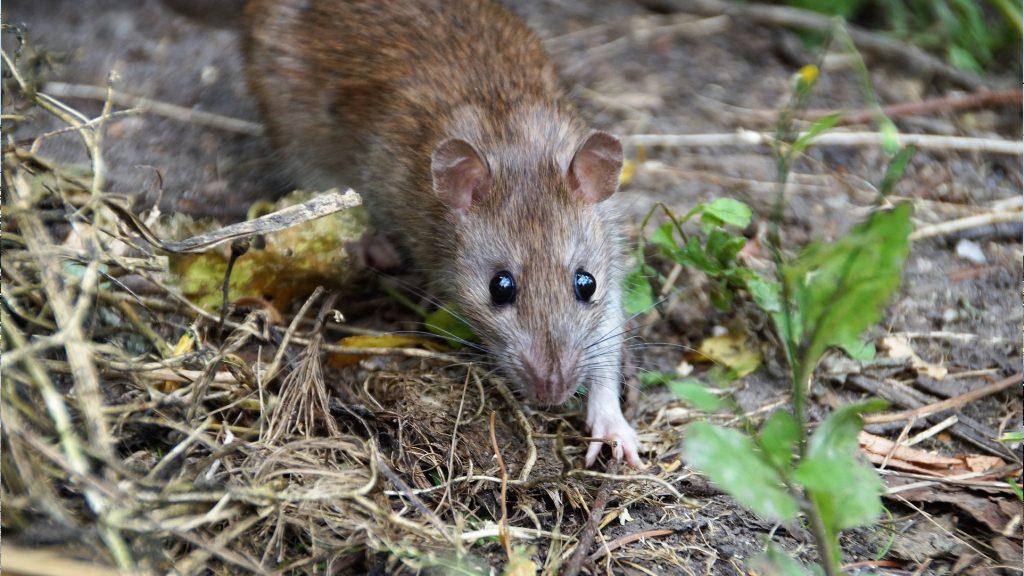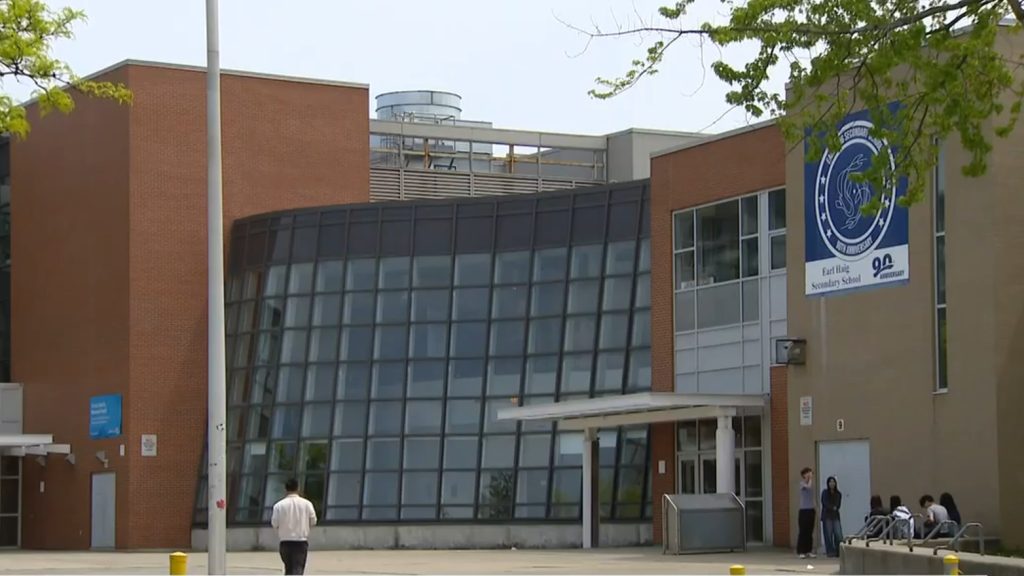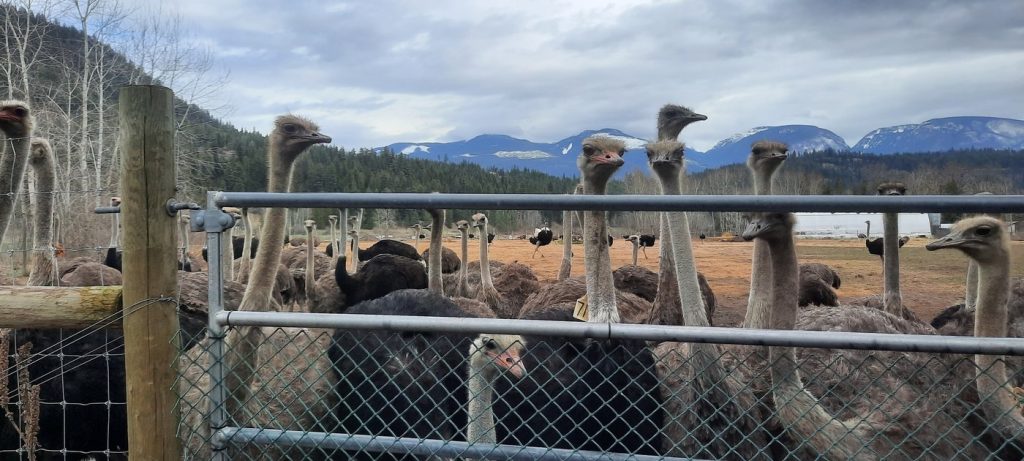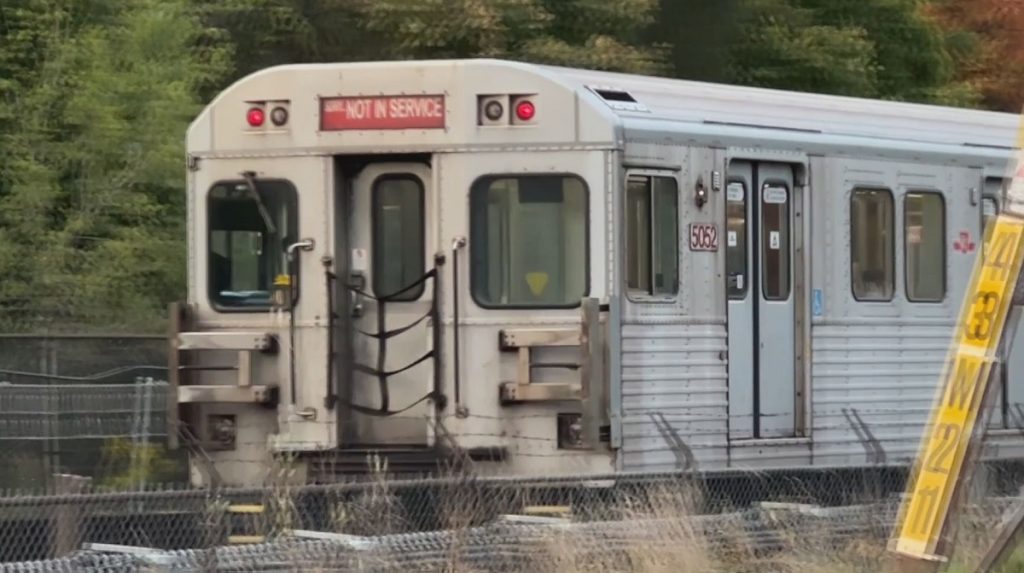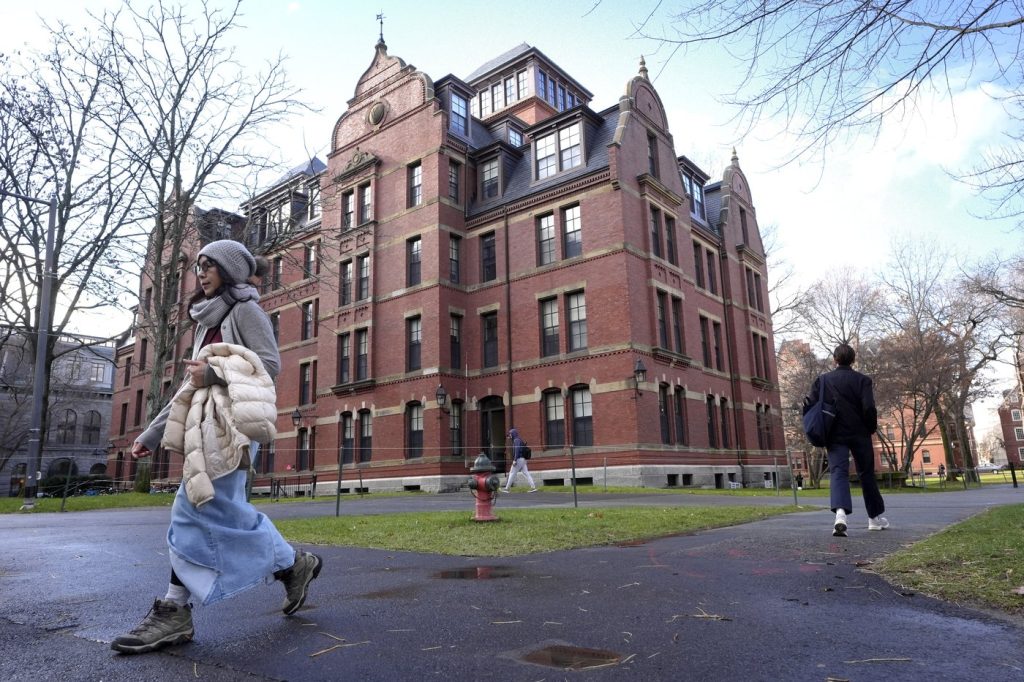Toronto is experiencing a significant increase in rat populations across various neighbourhoods, largely attributed to ongoing construction throughout the city. Councilor Alejandra Bravo plans to present a rat response plan to the Economic and Community Development Committee next week, describing it as a proactive measure aimed at addressing the root causes of the rat problem, which she characterizes as creating the “perfect rat storm.”
According to Bravo, construction activities should not contribute to an influx of rats in the community. The proposed plan mandates that all construction projects integrate a rat management strategy prior to commencing work. “Before you dig, you trap,” Bravo emphasized, underscoring the importance of preventative measures in managing rat populations.
Additional measures included in the rat response plan involve establishing a dedicated rat response coordination team and a rat response enforcement table. The strategy also calls for targeted inspection blitzes in areas reporting higher incidents of rodent sightings. This response is urgent, as last year, pest control company Orkin categorized Toronto as the “rattiest” city in Canada for the third consecutive year. Other locales, including Etobicoke, Brampton, Mississauga, and Scarborough, also ranked in the top 25 Canadian cities dealing with rodent issues.
Dr. Alice Sinia, an entomologist at Orkin Canada, highlights that a successful approach to this rat crisis will require comprehensive public education, effective enforcement of rat management plans at construction sites, and possibly the introduction of taxpayer-funded pest control initiatives to assist residents unable to afford pest control services. “If there’s going to be a solution, it has to be very strategic and integrated; everybody has to be on board,” Sinia stated. She emphasized that addressing the rat population issue is complex and will not be resolved by a single solution.
The City of Toronto reports significant service requests related to rat infestations, with nearly 1,900 service requests and 411 general inquiries logged in 2024. In the early months of 2025, there have already been 1,337 service requests and 199 general inquiries pertaining to rodents.
In contrast, Alberta has successfully maintained a rat-free status for almost 70 years, thanks to the efforts of Karen Wickerson, who has directed the province's rat control program for the past five years. Alberta’s strategy prevents rat populations from establishing a foothold, ensuring that while sporadic infestations may occur, they are quickly isolated and eradicated. Wickerson attributes the program's success to a multi-faceted approach that emphasizes vigilant reporting by the public.
Since its inception in the 1950s, this initiative has been so effective that many residents of Alberta are unfamiliar with what a rat looks like, sometimes mistakenly sending photos of tree squirrels to the official government reporting email instead. This highlights the significant change in perception and awareness brought about by Ontario’s stringent and proactive rat control measures.


